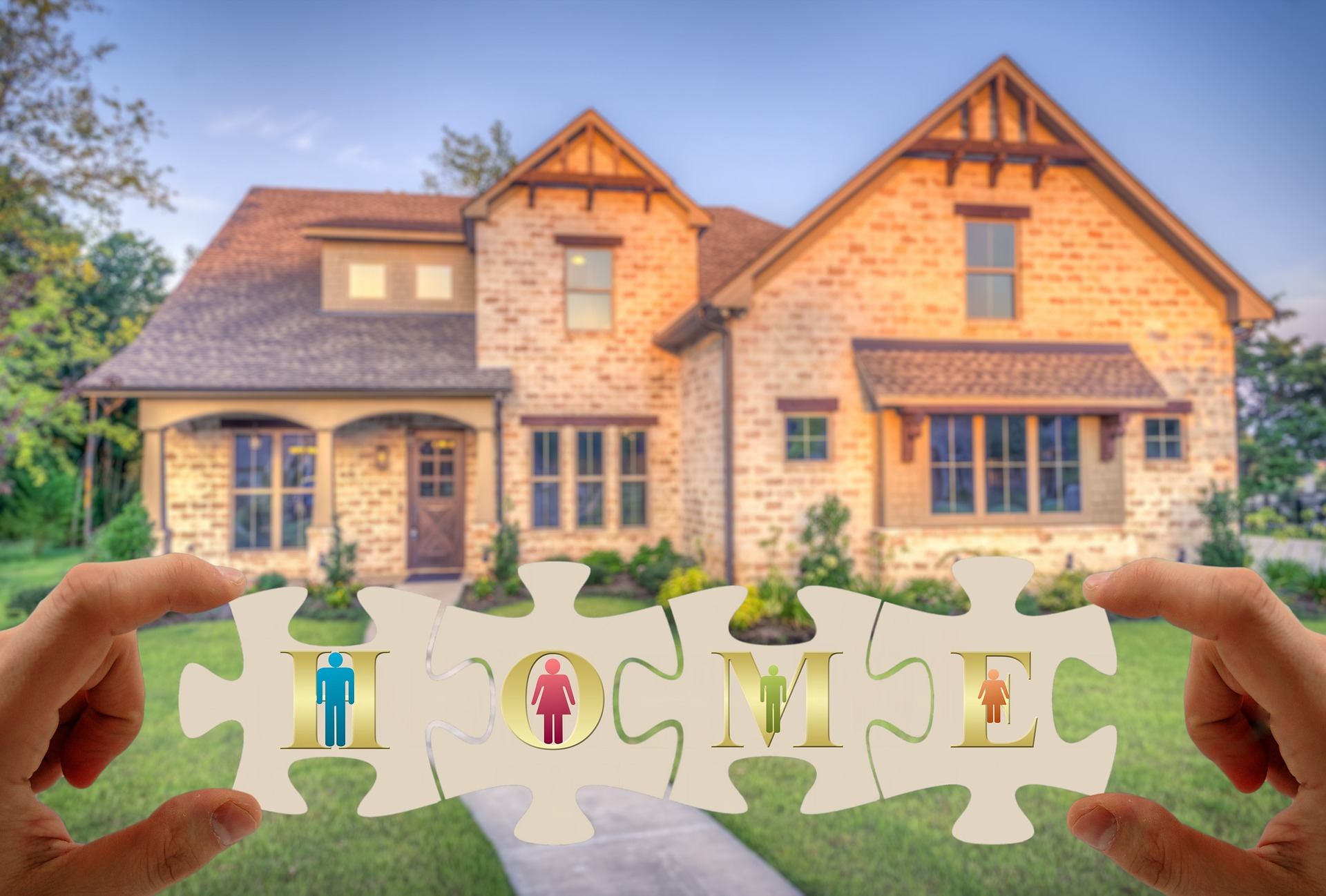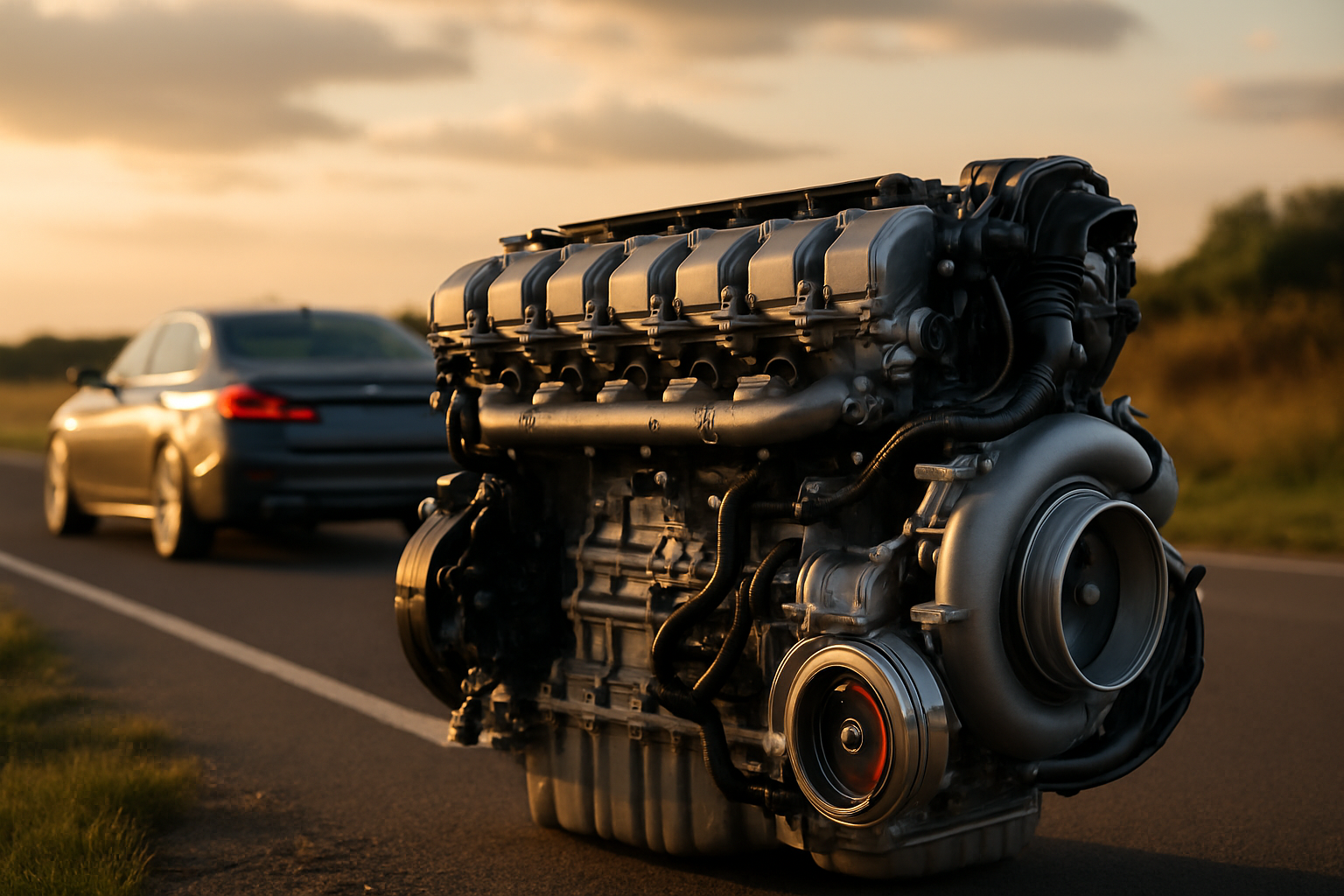Why Granny Annexes Are So Popular in 2025
Granny annexes have emerged as essential fixtures in modern housing solutions in the UK by 2025, catering to the growing popularity of multigenerational living amidst spiraling social care costs. Offering a balance between financial savings and lifestyle flexibility, modern structures enhance property value and adaptability. Comprehending the regulations and benefits can guide strategic family planning.

What exactly is a granny annexe?
A granny annexe, also known as a granny flat or granny pod, is a separate living space typically built on the same property as the main family home. These structures are designed to provide comfortable, accessible accommodation for elderly relatives or other family members. Modern granny annexes often include a bedroom, bathroom, living area, and kitchenette, allowing for independent living while maintaining close family connections.
How have granny annexes evolved in recent years?
Over the past few years, granny annexes have undergone significant transformations. No longer simple extensions or converted garages, today’s annexes are sophisticated, energy-efficient structures that blend seamlessly with existing properties. Many feature smart home technology, eco-friendly designs, and adaptable spaces that can serve multiple purposes throughout their lifecycle. This evolution has contributed to their growing appeal among homeowners looking for flexible living solutions.
Why are granny annexes becoming more popular?
The increasing popularity of granny annexes in 2025 can be attributed to several factors. Firstly, they offer a cost-effective alternative to care homes, allowing families to provide personal care for elderly relatives while maintaining their independence. Secondly, the rise of multigenerational living has made annexes an attractive option for families seeking to balance togetherness with privacy. Additionally, the flexibility of these spaces makes them suitable for various uses, from accommodating returning adult children to serving as home offices or rental units.
What are the benefits of installing a granny annexe?
Installing a granny annexe offers numerous benefits for homeowners and their families. It can significantly increase property value, providing a long-term investment. Annexes also offer a solution to the housing shortage, allowing families to maximize their existing space without moving. For elderly relatives, living in an annexe can combat loneliness and isolation while ensuring quick access to support when needed. Moreover, the proximity allows for easier caregiving arrangements, reducing the strain on both family members and public care services.
How much does a granny annexe typically cost?
The cost of a granny annexe can vary widely depending on size, specifications, and location. In 2025, prices for granny annexes in the UK typically range from £30,000 for a basic conversion to over £100,000 for a high-end, fully equipped new build. Here’s a breakdown of average costs for different types of granny annexes:
| Type of Granny Annexe | Average Cost Range | Key Features |
|---|---|---|
| Conversion (e.g., garage) | £30,000 - £50,000 | Basic amenities, utilizes existing structure |
| Modular Annexe | £60,000 - £80,000 | Quick installation, customizable designs |
| Bespoke New Build | £80,000 - £120,000+ | Fully customized, high-quality finishes |
Prices, rates, or cost estimates mentioned in this article are based on the latest available information but may change over time. Independent research is advised before making financial decisions.
What should you consider before investing in a granny annexe?
Before investing in a granny annexe, several factors need careful consideration. Planning permission is crucial, as regulations can vary depending on your location and the specific nature of the project. It’s also important to consider the long-term implications, such as potential impacts on property taxes and inheritance planning. Additionally, assessing the needs of the intended occupants, both current and future, is essential to ensure the annexe remains functional and comfortable for years to come. Consulting with financial advisors and local planning authorities can help navigate these considerations effectively.
In conclusion, granny annexes have emerged as a popular and practical solution to the evolving housing needs of families in 2025. Their flexibility, cost-effectiveness, and ability to foster multigenerational living make them an attractive option for many UK homeowners. As societal trends continue to favor close-knit family structures and aging in place, the popularity of granny annexes is likely to grow further, cementing their place as a valuable addition to the modern housing landscape.




